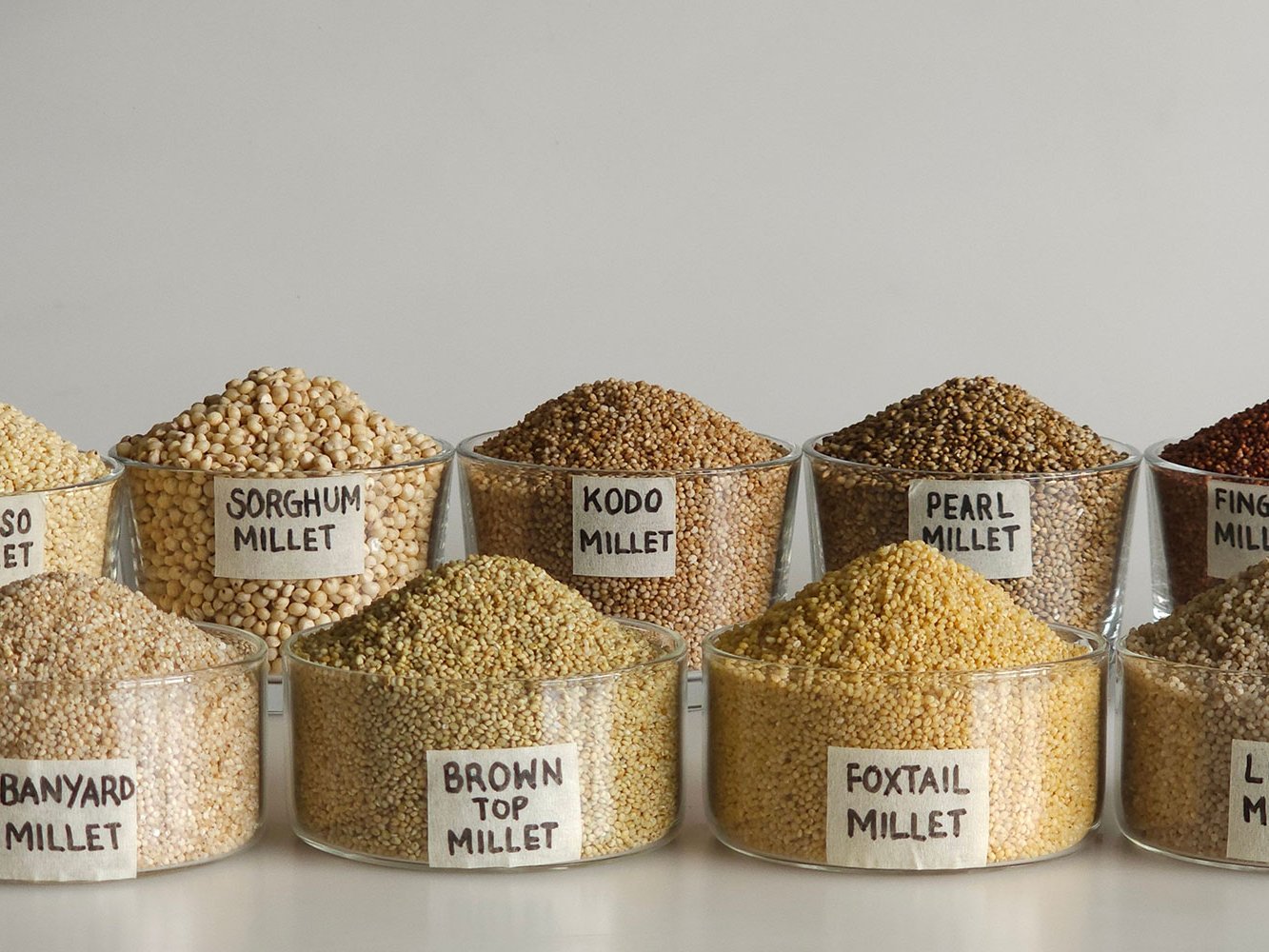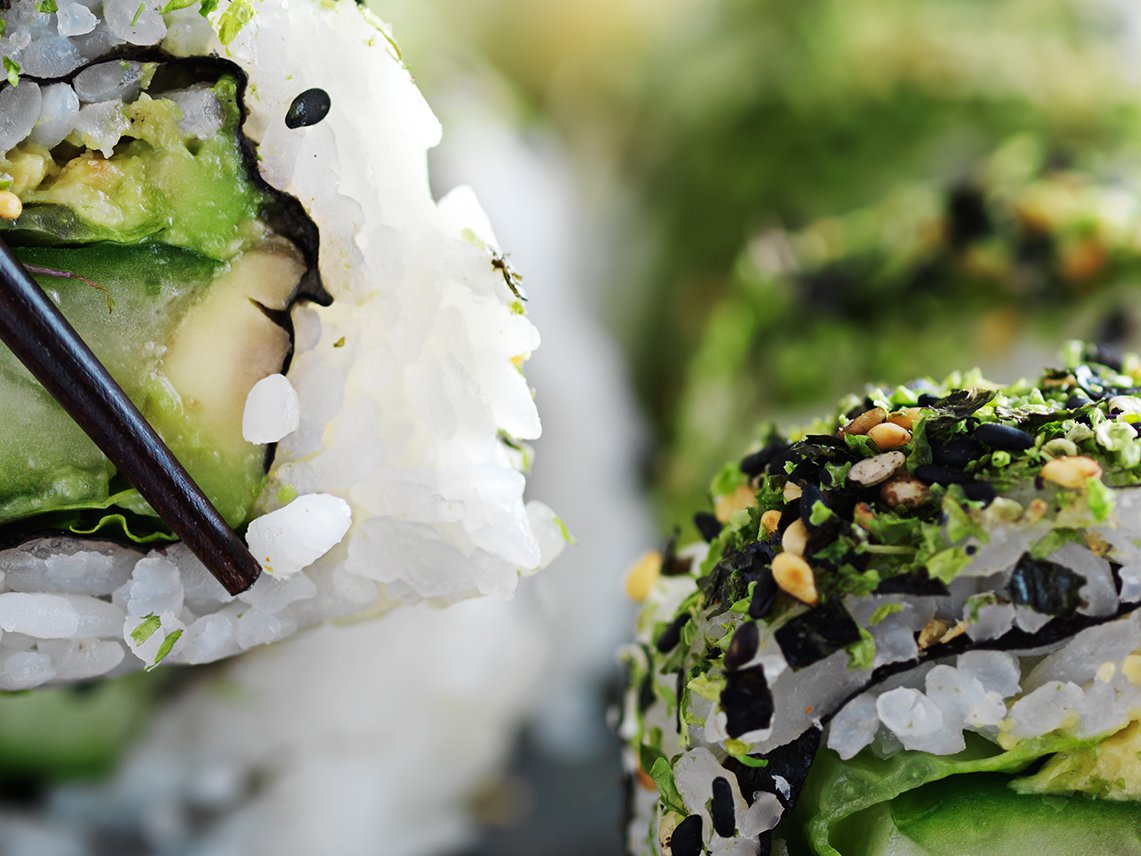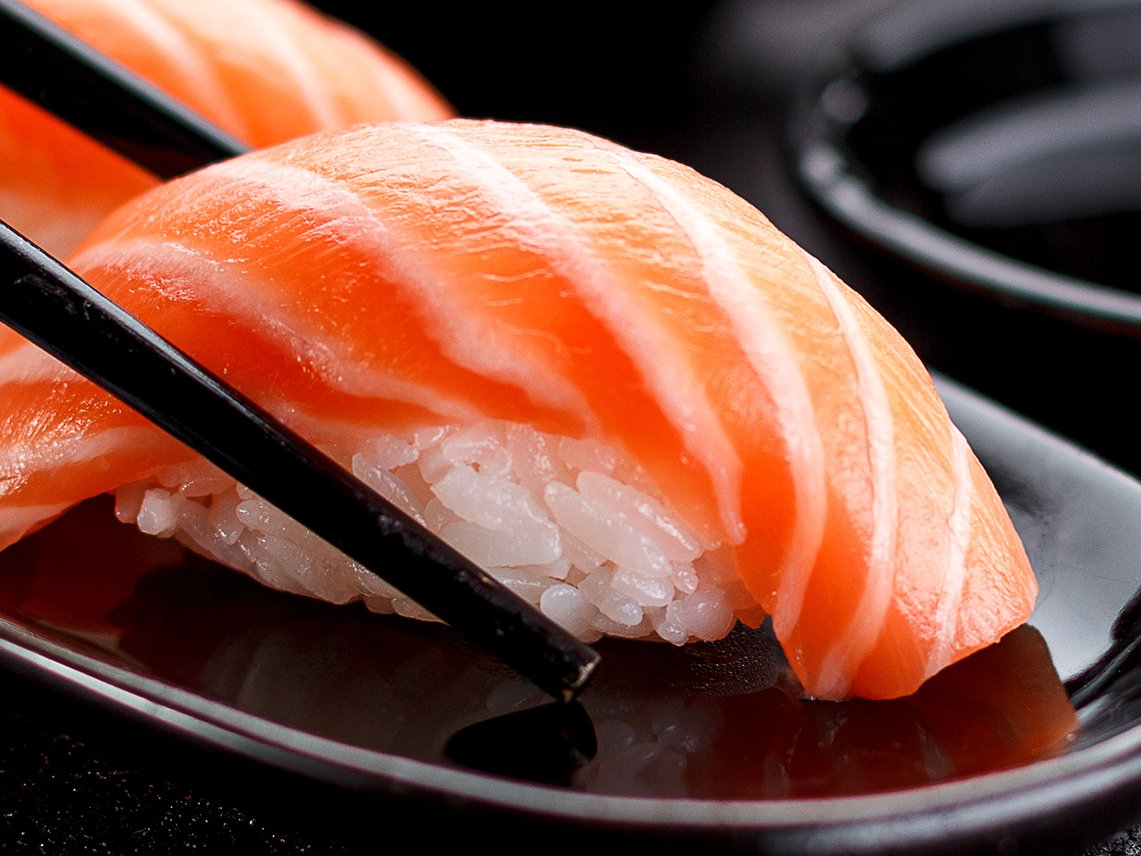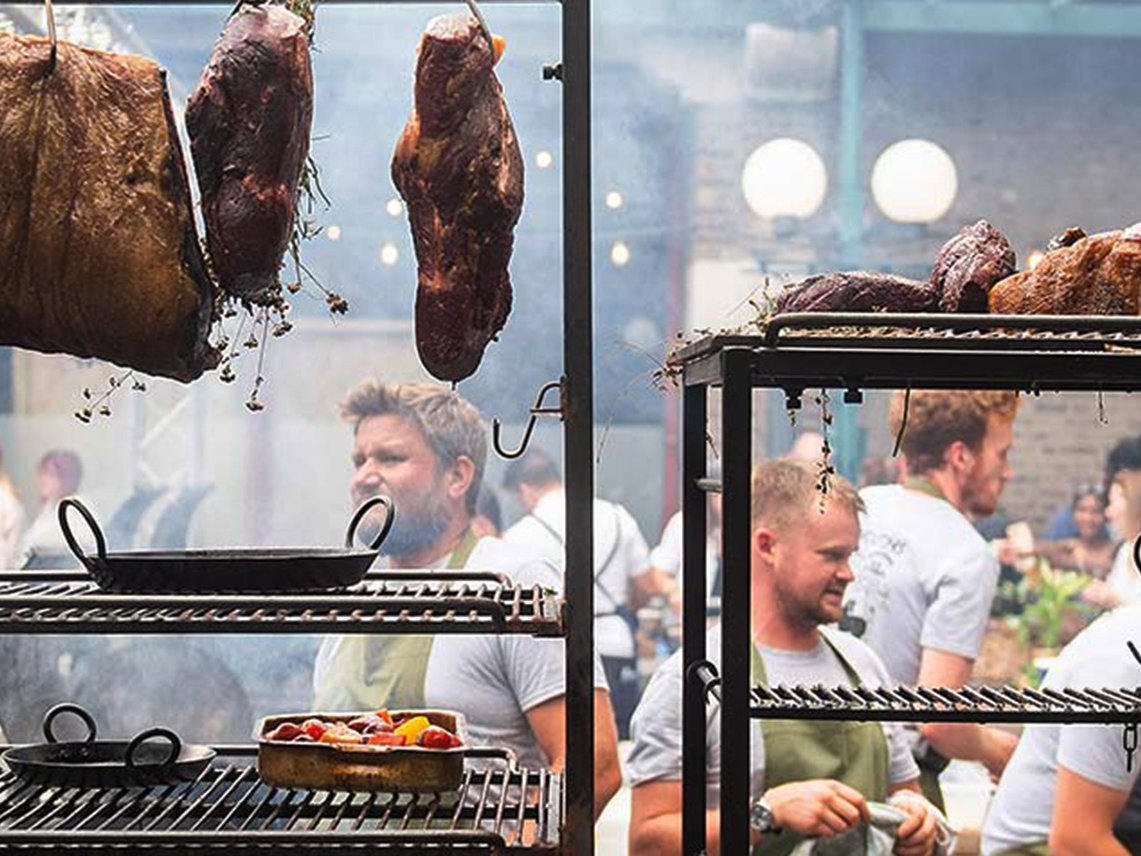Five Essentials for a Tip-Top English Afternoon Tea
First attributed to the 7th Duchess of Bedford’s desire to fill the hours between lunch and supper, here's how to navigate the social minefield that is the British afternoon tea.
1. Tea
When afternoon tea evolved during the mid-19th century, Britain was already an enthusiastic nation of tea drinkers. New plantations in India, then part of the British Empire, had boosted supply, helping tea to filter down from the aristocracy to become affordable for wider society. Everyone has their stylistic preference, but a classic teatime choice is the floral, citrussy Earl Grey, a black tea flavoured with bergamot and named after a former British Prime Minister.
Many other tea drinking nations remain horrified by the British enthusiasm for adding milk to tea. In Britain, the debate tends to focus on whether you pour the milk first or instead add it to the tea. As ever, the decision is tied to complex social nuances.
Cold milk poured onto a teabag in a mug is very disappointing indeed, strengthening the argument for adding hot water first. However, a smarter affair calls for leaf tea or at the very least, a teapot to brew the tea before pouring. Originally the fine porcelain cups used for tea would have cracked with the addition of very hot water, so milk would have been poured first, with the fully brewed tea poured afterwards.
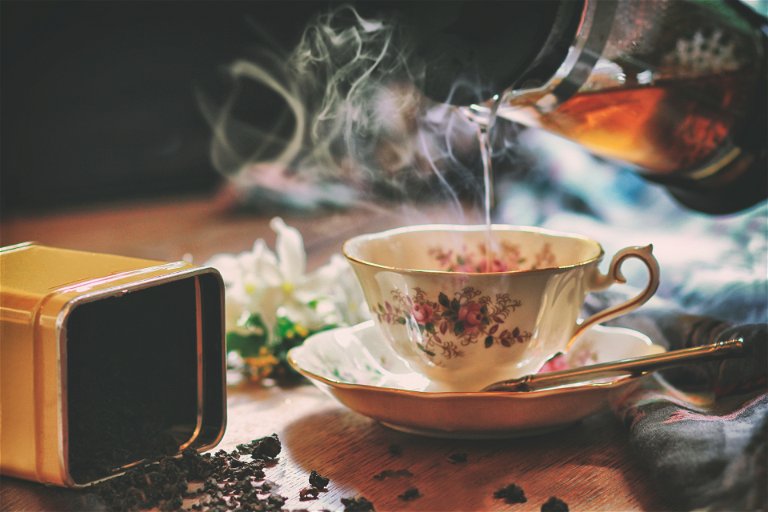
2. Cucumber sandwiches
Afternoon tea is not about hearty fuel for those engaged in manual labour; its origins lie in upper class leisure and ladylike appetites. That should be reflected in the sandwiches: think dainty finger food rather than packed lunch.
The classic cucumber filling is also linked to this elegant occasion. Be sure to remove that fibrous skin and consider briefly salting the remaining flesh to draw off excess water. Delicate and refreshing, your filling needs to be contained within a bread choice to match. Forget trendy, nutritious sourdough: this is the moment for finely sliced, soft white bread – and chewy crusts off please.
Don’t forget the butter. This third element is not only about flavour, but forms a protective layer to prevent the bread becoming soggy. Be sure to avoid inferior margarine and ideally opt for unsalted butter, whose sweet, creamy flavour is just the ticket here.
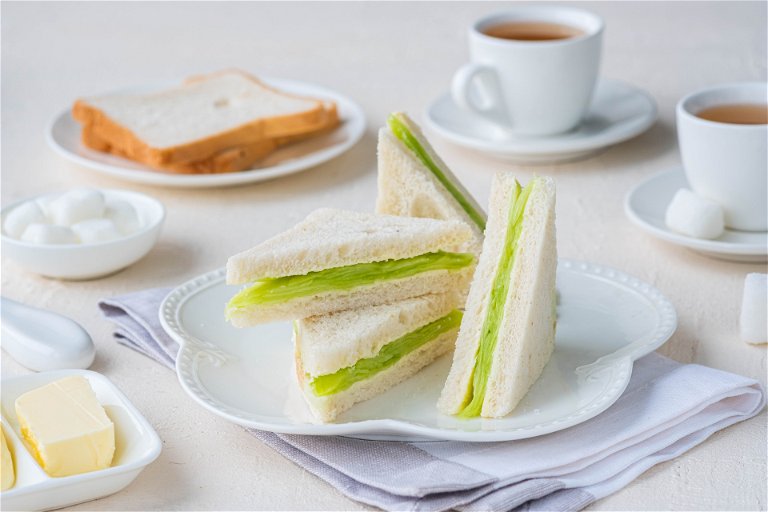
3. Smoked salmon
Smoked salmon sandwiches are another popular, suitably elegant filling, for the savoury component of afternoon tea. In the past this ingredient would have been incredibly expensive and rare, unless of course you had your own riverside estate. What better way to show off? Luxury food emporium Fortnum & Mason didn’t even list smoked salmon until 1950, when the £1.25 price tag in today’s money for a pound (about 450g) was more than you’d have paid at the time for a bottle of Château Lafite 1945 from neighbouring wine merchant Berry Brothers & Rudd.
By contrast, today salmon farms have made the ingredient cheap, widespread and very variable in quality with a growing environmental problem. Wild stocks are critically endangered and the organisation Salmon & Trout Conservation Scotland has called for people to stop eating salmon reared in the country’s open-net farms.
So what’s the conscientious alternative? Smoked trout is a similar, delicious alternative with a lighter environmental footprint. Alternatively, Pacific salmon, both wild and farmed, is also viewed as a more sustainable option to its Atlantic counterpart – though if you live in Europe then watch that carbon footprint. Who knew a sandwich could be so political?

4. Scones
Scones may feel like less controversial territory, but prepare to enter a hotly contested social minefield. First, there’s the pronunciation itself: should scone rhyme with “cone” or “gone”? Some cite a north-south divide or a distinction from US English, others use it to mark a class distinction (only in England!). For the record, most dictionaries permit both options, although British baking queen Mary Berry rhymes it with “gone”.
The scone itself is the least contentious element: it should be served still warm from the oven, light and crumbly with absolutely no gimmicks such as raisins or icing to distract from the topping to come.
Ah yes, the topping. Thick, rich clotted cream and strawberry jam is the classic, although anyone who quietly prefers the tarter bite of raspberry is unlikely to cause a riot. But do you add cream or jam first? In cosmopolitan London you may be able to get away with either approach, but be wary as you head to the clotted cream heartland of the West Country. The Cornish stand by jam first, then cream; their Devon neighbours insist on cream first then jam. Rumour has it that Queen Elizabeth prefers the Devon method, but you’d be wise not to trumpet that in the tea rooms of Truro.

5. Cake
After the dainty array of savoury morsels, a good afternoon tea should culminate in a sweet treat. This is often seized upon by chefs as an opportunity to show off their pastry skills in a dazzling array of intricate creativity. But leave such ostentation to The Ritz. At home, elegant simplicity is – fortunately – the key to success.
Those Victorian afternoon tea pioneers would have been familiar with timeless options such as seed cake (think of the fragrant, digestive properties of caraway) or madeira cake (which takes its name from the ideal accompaniment).
For a lighter, fluffier, sweeter alternative, there’s the classic Victoria sponge, its plain layers filled with jam and cream. Named after Queen Victoria herself and described by 19th century culinary doyenne Mrs Beeton as “seasonable at any time”, the Victoria sponge is a crowd-pleasing, gloriously uncontroversial component of the popular treat that is English afternoon tea.






